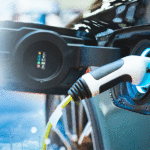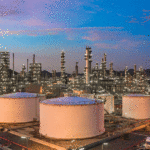
Electric Vehicles Fluids: Market Analysis and Opportunities (Consumer Volume)
Performance requirements for the various fluids consumed in electric vehicles (EVs) are significantly different from those used in conventional internal combustion engine (ICE) vehicles. Besides being different from ICE vehicle fluids, the performance requirements of EV fluids may differ based on the technology used to implement electric drives. Growth of EVs will herald a new lubricants market niche focused on the lubrication needs of EVs.


